Division-Based Refinement of Mixed-Type Meshes: Is It a Dumb Idea?
Please login to view abstract download link
It is well known in the literature that mesh adaptation methods vary with respect to the types of cells in the mesh. Hexahedral meshes lend themselves naturally to refinement by division of the existing cells, while tetrahedral meshes benefit from a less constrained insertion of points, combined with face swap operations, edge removal, etc., which do not preserve the topology of the existing cells. As a consequence, if one has to adapt meshes which combine several types of cells, it is difficult to define an optimal adaptation paradigm. This paper critically evaluates the extension of the division-based refinement approach from all-hexahedral meshes to mixed-type ones. The anisotropic adaptation method of [1] is extended based on a definition of three standardised divisions for the faces: quadrangles can be divided anisotropically in two or isotropically in four quadrangles (like before), while triangle faces are divided isotropically in four triangles. This standard for the faces ensures the compatibility of neighbouring cells, independent of their type. The division of the faces imposes the possible refinement of the cells: isotropic refinement for tetrahedrals and pyramids, and anisotropic refinement for prisms (2 directions) and hexahedra (3 directions). The refinement of all cell types is piloted with the same metric refinement criteria. Tests on ship and airfoil geometries show the (obvious) disadvantage of this approach: the imposed isotropic division of tetrahedrals and pyramids leads to far higher cell counts, compared with anisotropic refinement of equivalent pure hexahedral meshes. As such, it is shown that the method is not universally useful. However, an application is presented where body-fitted mixed-type meshes are inserted via overset meshing into full-hexahedral background meshes; the resulting multidomain mesh is then adaptively refined. This approach simplifies the meshing of complex geometries with elongated slender shapes or large body motions and deformations. Finally, a look at various types of adapted meshes is presented, which suggests a general principle for mesh adaptation: meshes should be generated and adapted in the same way. This philosophy is used to discuss alternative ways of adapting multi-type meshes.

